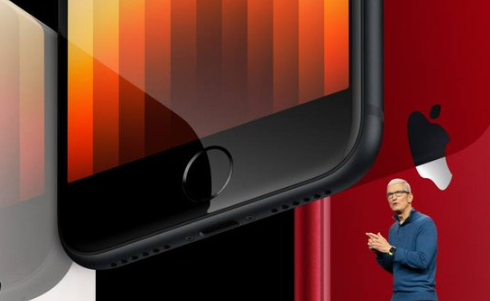Apple is set to transition all iPhone models to organic light-emitting diode (OLED) displays next year, including its lower-priced iPhone SE models, which will move from liquid crystal displays (LCDs) to OLED screens. This shift marks the end of Apple’s use of LCDs in iPhones, as the company aligns its entire lineup with the advanced OLED technology, known for its superior color vibrancy and contrast.
Apple is reportedly teaming up with Japan Display Inc. to produce OLED screens for the 2025 iPhone SE. This marks a major shift for the budget-friendly model, which has traditionally used LCDs. #Apple #iPhoneSE #OLED #TechUpgrade #JapanDisplay #TechNewshttps://t.co/In7esXCjty
— Pawan Kumar Singh (@Pawankalhans) September 4, 2024
The move to OLED will significantly impact Japanese display manufacturers Japan Display (JDI) and Sharp, who have been major suppliers of LCD screens for iPhones in the past. A decade ago, JDI and Sharp held a combined 70% share of Apple’s iPhone display market, primarily providing LCDs. However, with Apple’s shift to OLED screens for its premium models in recent years, these companies have only been supplying LCDs for the iPhone SE. Now, with the planned shift to OLED displays for all iPhone models, including the upcoming iPhone SE, JDI and Sharp will be excluded from Apple’s handset business.
Apple has begun sourcing OLED displays for the iPhone SE from China’s BOE Technology Group and South Korea’s LG Display. This change means that future iPhone models, including standard and premium Pro versions, will feature OLED screens. Currently, Samsung Electronics dominates the iPhone OLED display market with about a 50% share, followed by LG Display with approximately 30%, and BOE with around 20%.
The adoption of OLED displays by Apple began with the iPhone X in 2017, and since then, the company has increasingly shifted away from LCDs for its high-end models. OLED displays use organic compounds that emit light independently without needing a backlight, allowing for more vivid colors and sharper contrast. This technology has become increasingly popular as consumers demand better display quality for watching movies, playing games, and other media consumption.
The transition to OLED is a significant blow to JDI and Sharp, which have struggled to adapt to the changing market. JDI, once heavily reliant on Apple for 60% of its revenue, has faced a decade of financial losses as demand for its LCDs dwindled. The company has attempted to pivot by developing energy-efficient OLEDs for smaller devices, such as the Apple Watch, but has yet to break into the smartphone market for OLED displays. Meanwhile, Sharp has been scaling back its LCD operations, including shutting down its Sakai plant in Osaka, which produced large LCDs for TVs, and reducing capacity at its Kameyama plant in Mie Prefecture.
Japan no longer iPhone display supplier as Apple ends LCD use https://t.co/v3OpFRFJxh 출처 @NikkeiAsia
— 포시포시 (@harukaze5719) September 4, 2024
Market trends indicate a broader industry shift from LCD to OLED technology. According to U.K.-based market researcher Omdia, OLED panels are expected to surpass LCDs in the number of units shipped for smartphones for the first time this year. This trend is likely to accelerate as Apple and other manufacturers continue to adopt OLED screens for a wider range of devices, further reducing the demand for LCD panels.
As Apple integrates more advanced OLED screens into its product lineup, including iPads and other devices, the company is expected to continue decreasing its reliance on LCD technology, signaling a potential decline in the LCD market and a shift in the global display manufacturing landscape.
Key Points:
i. Apple will switch all iPhone models, including the lower-priced iPhone SE, to OLED displays next year, phasing out LCDs entirely.
ii. The move excludes Japanese panel suppliers Japan Display (JDI) and Sharp from Apple’s handset business.
iii. Samsung, LG Display, and BOE currently dominate the iPhone OLED display market.
iv. The shift to OLED displays reflects broader market trends favoring more advanced, higher-quality screens.
v. JDI and Sharp, once major LCD suppliers for Apple, are now repositioning their businesses due to declining demand for LCDs.
RM Tomi – Reprinted with permission of Whatfinger News

